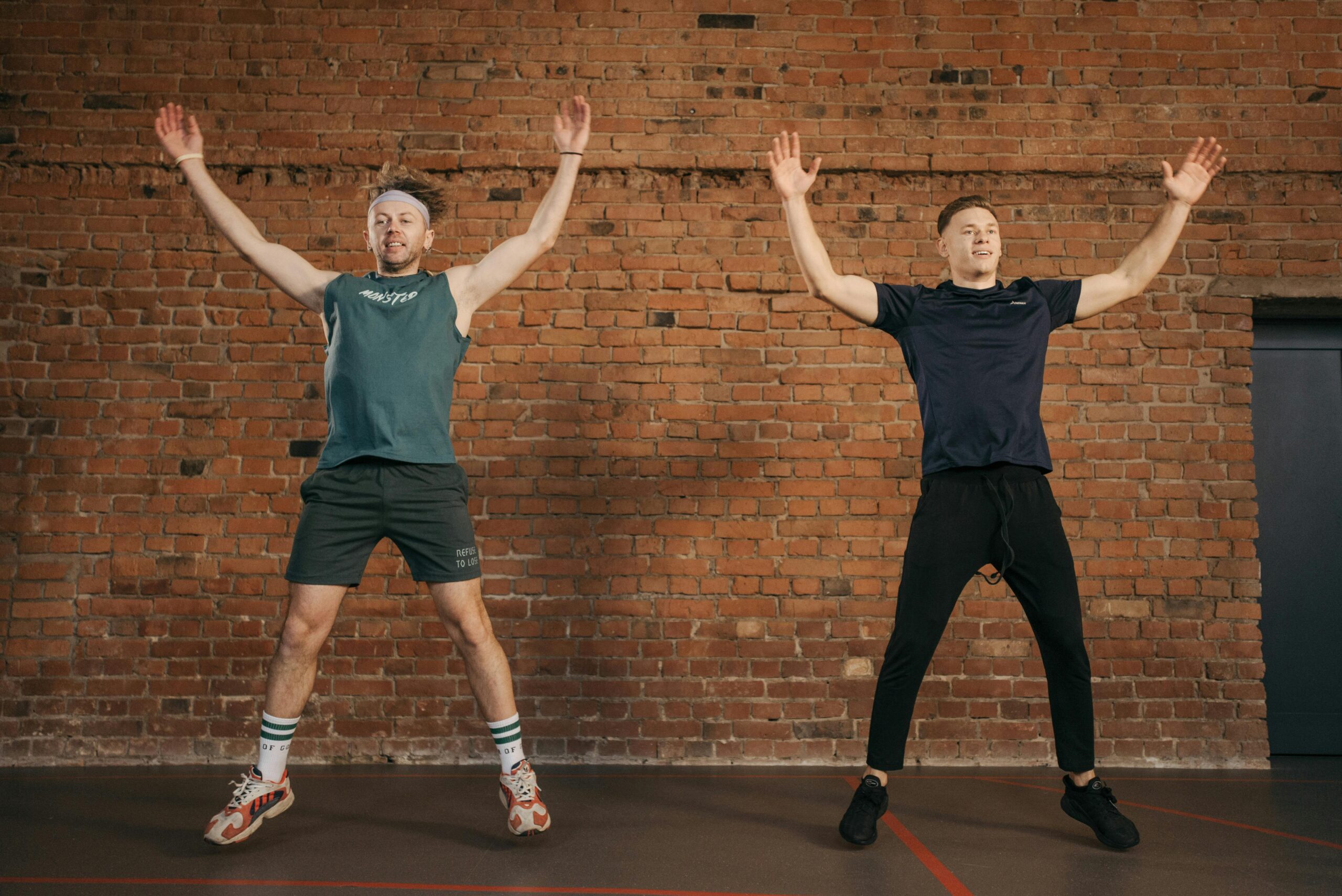Unlocking Next-Level Strength: Mastering Calisthenics Skills for Ultimate Body Control
Welcome to Body Weight Beast’s ultimate guide on calisthenics skills! Whether you’re a beginner or an experienced athlete, mastering calisthenics skills can take your bodyweight training to the next level. In this post, we’ll dive deep into what these skills are, how to build them, and why they’re a great addition to any workout routine. With our guide, you’ll gain the knowledge to start progressing on your favourite calisthenics skills and discover tips for efficient, fun training.
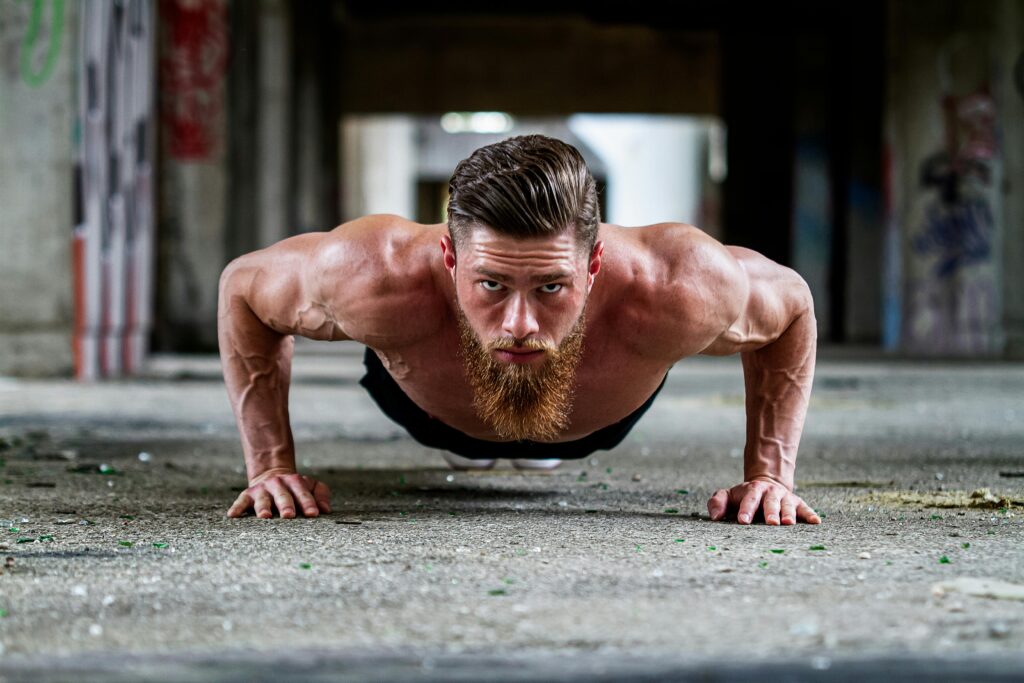
What Are Calisthenics Skills?
Calisthenics skills are advanced exercises that require strength, balance, and coordination, using only your bodyweight as resistance. These skills can vary from beginner-level holds, like the plank, to advanced movements, like the handstand push-up or muscle-up. The beauty of calisthenics skills lies in their versatility. They help build not only strength but also flexibility, control, and body awareness. Mastering calisthenics skills can provide a new level of challenge and motivation as you watch yourself progress from basics to more complex movements.
Why Focus on Calisthenics Skills?
Training calisthenics skills offers unique benefits that set them apart from traditional weightlifting or cardio exercises. Here’s why focusing on these skills is a game-changer:
- Full-Body Strength: Most calisthenics skills require multiple muscle groups to work together, making them effective for building overall strength.
- Core Stability: Since most moves depend on a strong core, practicing calisthenics skills naturally improves core strength and stability.
- Mobility and Flexibility: Many skills, like the back lever and front lever, require a solid range of motion, leading to improved flexibility over time.
- Body Control and Coordination: Working on skills like handstands or pistol squats improves balance and proprioception (body awareness), which are beneficial in many sports and everyday movements.
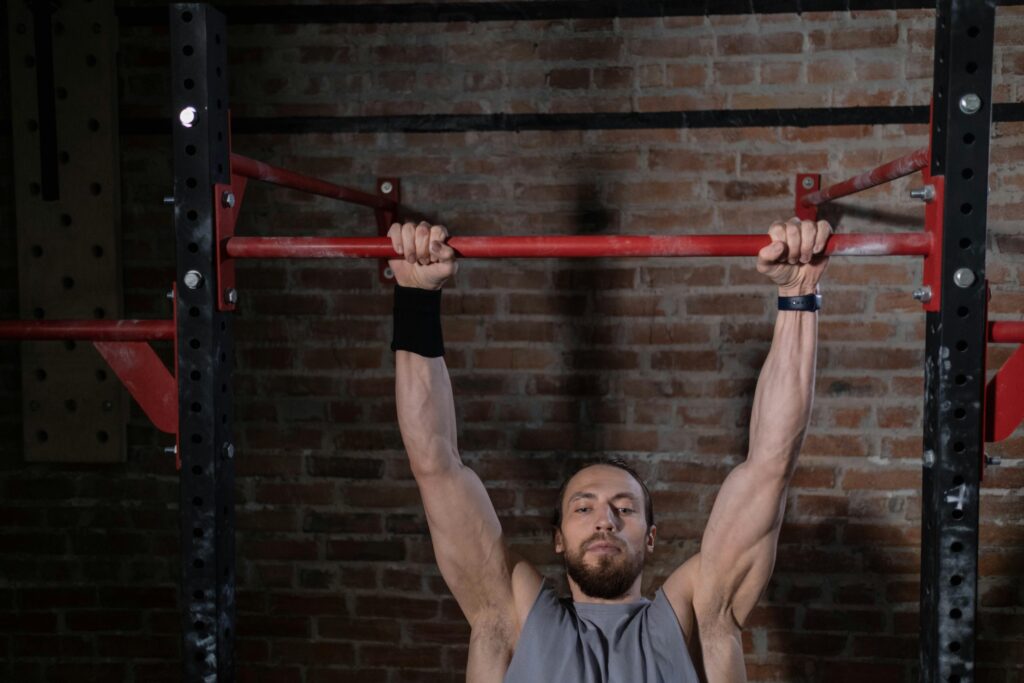
Essential Calisthenics Skills for Beginners
If you’re just starting with calisthenics, focus on building a solid foundation. Mastering these basic skills will prepare your body for more challenging movements:
1. Plank
- Description: A fundamental core exercise that builds stability and strength in the abs, lower back, and shoulders.
- Progression: Start with a basic plank and work up to more difficult variations, like the side plank and extended plank.
2. Push-Up
- Description: The push-up is a classic bodyweight exercise that targets the chest, triceps, and shoulders.
- Progression: Once you’ve mastered regular push-ups, try incline push-ups, decline push-ups, or even single-arm push-ups for added difficulty.
3. Pull-Up
- Description: The pull-up strengthens the back, shoulders, and arms, making it one of the most powerful bodyweight exercises.
- Progression: Start with assisted pull-ups (using resistance bands) and progress to unassisted, then work towards adding weight or attempting wide-grip pull-ups.
4. Hollow Body Hold
- Description: This isometric core exercise improves abdominal strength and helps prepare you for advanced calisthenics skills like the L-sit and handstand.
- Progression: Practice holding this position for extended periods, gradually moving from bent to straight legs.
Intermediate Calisthenics Skills to Work Towards
After mastering the basics, you can start challenging yourself with intermediate calisthenics skills. These moves require more strength and body control, but the results are worth it!
1. Dips
- Description: Dips work the triceps, chest, and shoulders, helping you gain upper body strength needed for more advanced skills.
- Progression: Start with bench dips, then move on to parallel bar dips, and eventually try ring dips for a greater challenge.
2. L-Sit
- Description: The L-sit requires both core and arm strength. It’s performed by holding your body in an “L” shape with arms straight and legs extended.
- Progression: Begin with a tucked L-sit and gradually extend your legs as your core strengthens.
3. Handstand
- Description: A fundamental calisthenics skill, the handstand develops balance, core strength, and shoulder stability.
- Progression: Start with wall-supported handstands, then work on freestanding handstands as your balance improves.
4. Pistol Squat
- Description: This advanced single-leg squat targets the legs and glutes while requiring balance and mobility.
- Progression: Begin with assisted pistol squats (holding onto a surface for balance) and gradually work up to unassisted pistol squats.
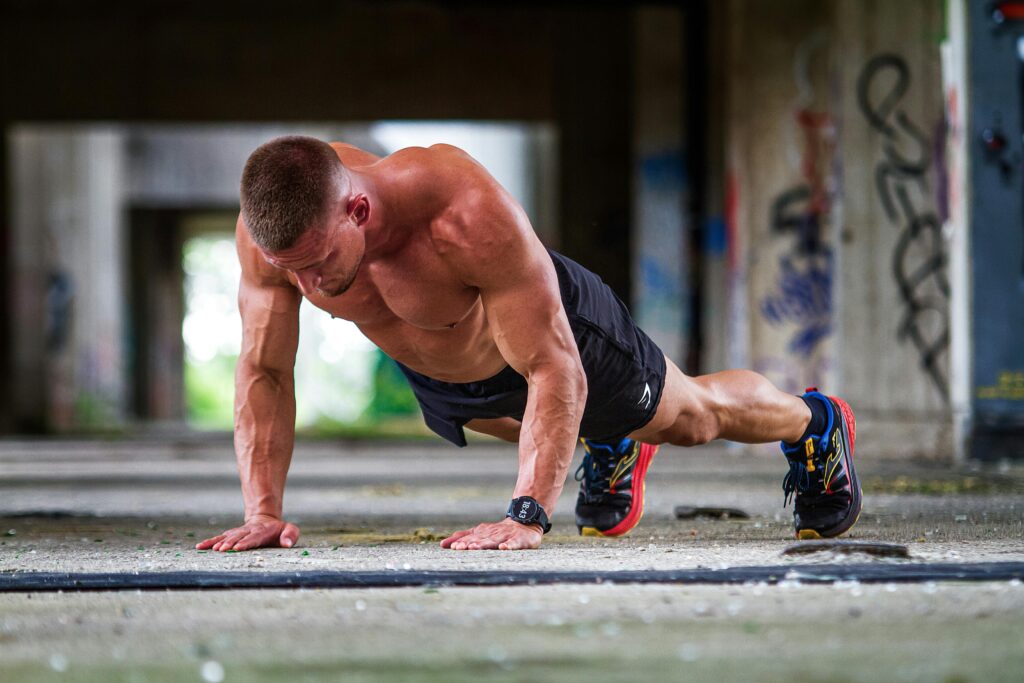
Advanced Calisthenics Skills for Pros
Once you’ve nailed the intermediate skills, you may be ready to try some advanced calisthenics skills. These moves are challenging and require a high level of strength, balance, and flexibility.
1. Muscle-Up
- Description: Combining a pull-up and a dip in one fluid motion, the muscle-up is a true test of upper body strength and control.
- Progression: Work on explosive pull-ups and straight bar dips to build the strength needed for a muscle-up.
2. Front Lever
- Description: The front lever is a horizontal hold where your body is suspended parallel to the ground, requiring serious core and back strength.
- Progression: Start with tuck levers, gradually extending your legs as you gain strength.
3. Planche
- Description: The planche is a full-body skill where your entire body is held off the ground using only your arms, demanding extreme core and shoulder strength.
- Progression: Begin with tuck planches and slowly work on extending your legs until you reach the full planche position.
4. Back Lever
- Description: Similar to the front lever but performed facing the ground, the back lever challenges the shoulders, back, and core.
- Progression: Master tuck back levers before extending your legs fully.
Tips for Training Calisthenics Skills
Here are some helpful tips to keep in mind as you work on building your calisthenics skills:
Consistency Is Key
Practice your skills regularly, aiming for at least three sessions per week. Regularity is essential for building strength and muscle memory.Start with Progressions
Don’t jump straight into advanced movements. Start with easier variations, and gradually progress as your strength improves.Prioritize Form Over Reps
Proper form ensures you’re targeting the right muscles and prevents injury. Focus on technique, even if it means doing fewer reps.Allow Recovery Time
Calisthenics skills can be demanding on muscles and joints, so allow ample time for recovery. Listen to your body and rest when needed.Record Your Progress
Taking videos or photos of your practice sessions can help you track improvements, pinpoint areas that need work, and keep you motivated.
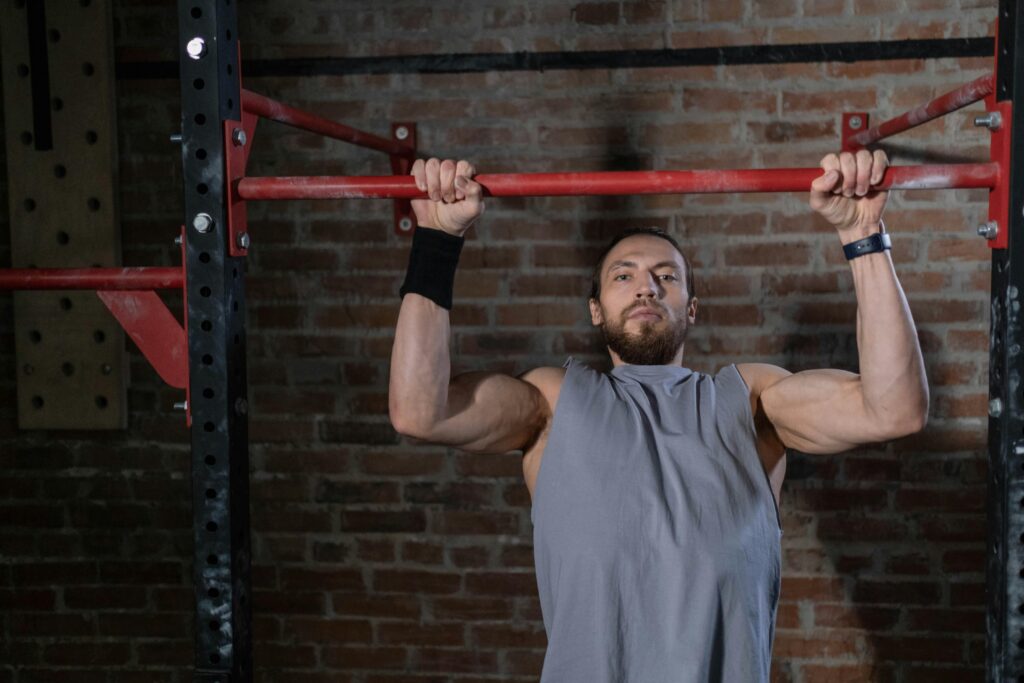
Get Started with Calisthenics Skills Today!
Learning calisthenics skills is a journey, and the process itself can be highly rewarding. By building a foundation with beginner skills and steadily progressing to intermediate and advanced moves, you’ll develop strength, flexibility, and control that will elevate your overall fitness level. Remember, every skill takes time to master—so enjoy each step, stay consistent, and celebrate every milestone you reach.
So, are you ready to start working on your calisthenics skills? Grab a bar, find an open space, and start practicing! Your body has the potential for incredible feats, and with dedication, you’ll be able to achieve the skills you once thought were out of reach.



